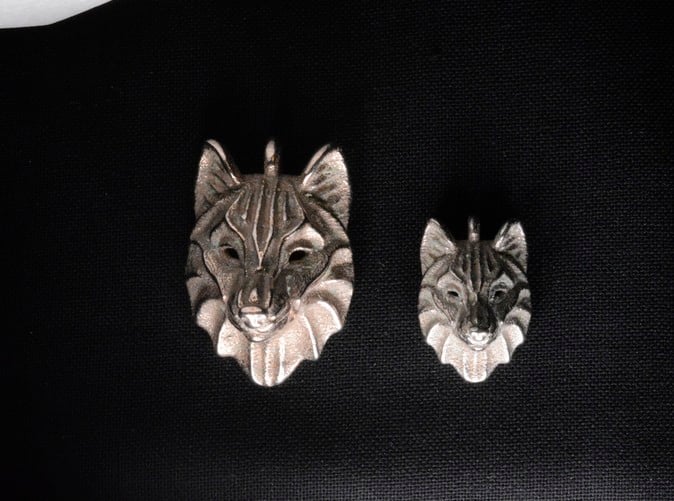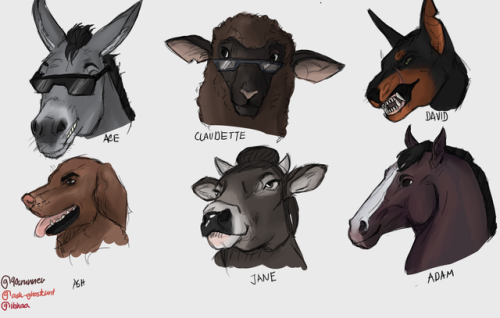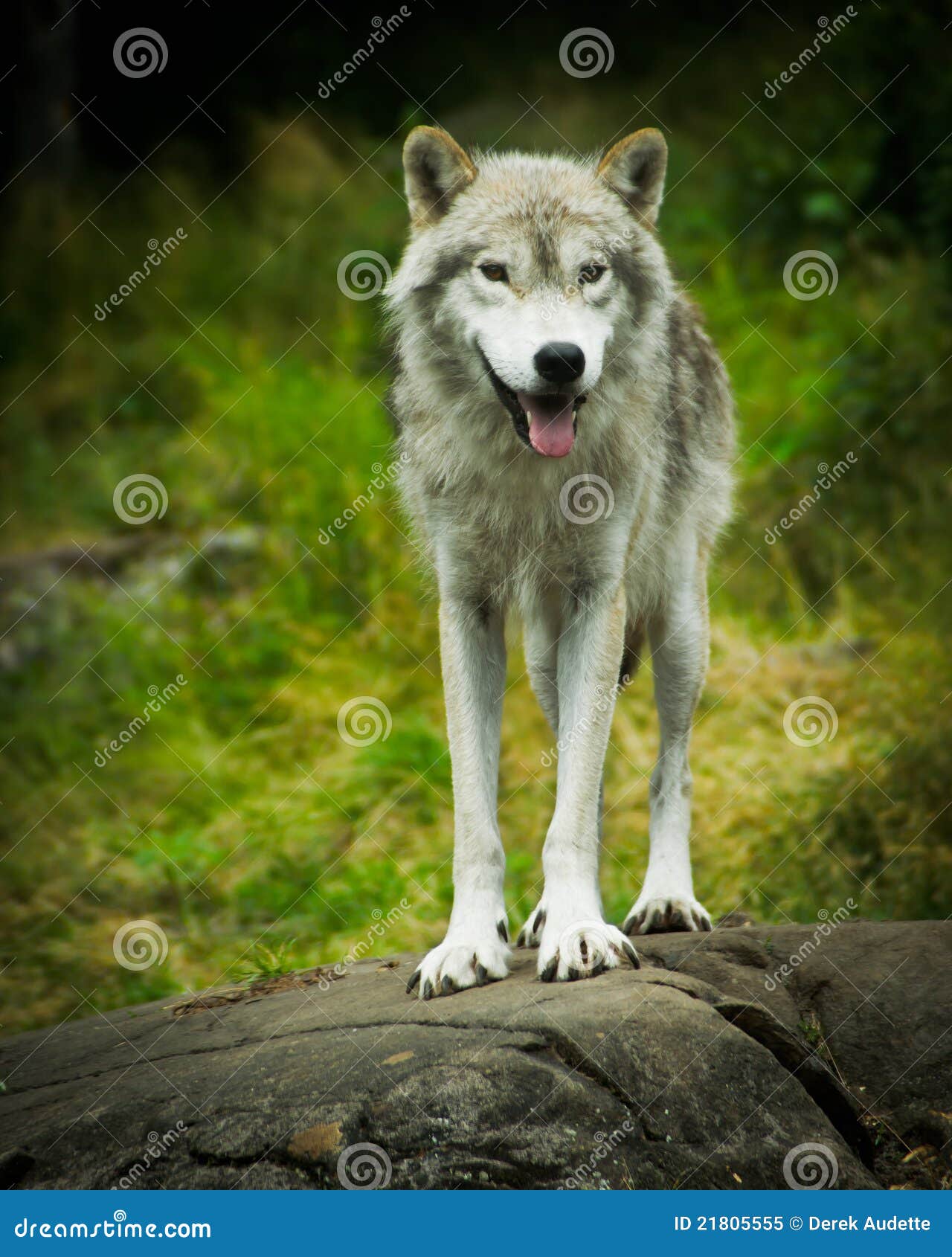Timber Wilds Wolf

A compact knife to make quick work of all of your cutting tasks with precision when you’re out conquering the wild. A MASSIVE Win during an amazing session in the Timber Wolf Deluxe slot by Aristocrat, but the fun doesn't end so quickly! This book presents information on the timber wolf, arctic wolf, and red wolf, including their physical characteristics and behavior. About 5 to 10 years in the wild, longer in captivity. About 5 to 6 pups. Timber wolves can be found in North America, Europe, and Asia. A timber wolf, like all other wolves, is a subspecies of the gray wolf. The timber wolf is.
The Grey Wolf (Canis Lupus), also known as the ‘Timber Wolf’ is the largest of the wild dog family. Grey Wolves were once in abundance and distributed over North America, Eurasia and the Middle East. However, because of human-related activity such as destruction of habitat and excessive hunting, Grey Wolves now only occupy a fraction of their former range.
The Grey Wolf is listed as an endangered species under the 1973 Endangered Species Act as they continue to be hunted in many areas of the world as a perceived threat to livestock, humans and also for sport.
As extremely adaptable animals, Grey Wolves generally live in mountains, temperate forests and grasslands.
Grey Wolf Characteristics
Grey Wolves have a grey coat (hence their name) with interspersed yellow and pepper coloured flicks which seep through from the base of their thick fur. Their coat has a kind of ‘grizzled’ look about it.
Adult Grey Wolves weigh around 75 – 125 pounds. Male Grey Wolves are larger than the females and can even grow to weigh as much as 175 pounds in some cases. Grey Wolves stand between 27- 32 inches at the shoulder. Wolves can appear much larger than they already are, this is because of their long fur. In winter when their fur is fully grown, their fur can be as long as 2 – 2.5 inches on their backs and sides. The hairs in their mane can be as long as 4 – 5 inches long and when stood upright, this makes them appear taller.

The length of the Grey Wolf varies between 50 and 70 inches long from nose tip to tail tip. A third of this length is the length of its tail.
Compared to a large dog, a wolf has a narrower chest and longer legs. Because their chests are narrow, their left and right footprints are closer together than those of a dogs.

Grey Wolves have very strong jaws. Wolves have 42 teeth altogether. These consist of: 12 incisors, 4 canines, 16 pre-molars and 10 carnassials and molars. A wolfs canine teeth can be as long as 1 inch long. A wolfs teeth are extremely sharp, strong and slightly curved. This enables them to grasp their prey in their teeth and chew down to the soft marrow in the bones. It also helps the wolf to eat nearly all of its prey, leaving very little waste.
Wolf paws are able to traverse easily through a wide variety of terrains, especially snow. There is a slight webbing between each toe, which allows wolves to move over snow more easily than comparatively hampered prey. Wolves are digitigrades, so the relative largeness of their feet helps to better distribute their weight on snowy surfaces. The front paws are larger than the hind paws and feature a fifth digit, a dew claw, (a claw that grows higher on the leg so that, when the animal is standing, it does not make contact with the ground) that is absent on hind paws. Bristled hairs and blunt claws enhance grip on slippery surfaces, and special blood vessels keep paw pads from freezing
Grey Wolf Population
Today, there are over 300 wolves in Yellowstone Park and over 500 in Idaho. The reintroduction of wolves is still in ongoing debate and is sometimes heated about already introduced wolves and the possibility of reintroducing more. Through negotiations between livestock ranchers and Defenders of Wildlife, the reintroduction of wolves has been a great success and number recovery goals have been met. However, the reintroduction still provides a sharp divide between industry and environmentalist.
Grey Wolf Reproduction
Wolves mate in January to March. The female wolfs gestation period is 63 days. An average litter is 4 to 7 pups. At birth, wolf pups tend to have darker fur and blue eyes. Their eyes will change to a yellow-gold or orange colour when the pups are 8 – 16 weeks old. Though extremely unusual, it is possible for an adult wolf to retain its blue-coloured eyes. Wolves can live to be between 8 – 13 years. In the wild, Grey Wolves live about 6 to 8 years and sometimes up to 13 years. In zoos, Grey Wolves may live up to 17 years.
Grey Wolf Diet
Grey wolves are carnivores. Their natural diet is solely meat and they often prey on animals larger than they are including – deer, moose, caribou, elk, bison and musk-oxen as well small animals such as beaver, hares and other small rodents.
Grey Wolf Behaviour
Grey wolves live in packs, which have complex social structures that include the breeding adult pair (the alpha male and female) and their offspring. A hierarchy of dominant and subordinate animals within the pack help it to function as a unit. Wolves communicate by scent-marking, vocalizing (including howling), facial expressions and body postures. (For more information see Wolf Behaviour).
Grey Wolf Range
Timber Wilds Wolf
Today the range of the Grey Wolf has been reduced to the following areas of the United States: Alaska, Idaho, Michigan, Minnesota, Montana, Wisconsin and Wyoming. Grey Wolves can also be found in Alaska, Canada, as well as Russia and a few eastern European countries. Mexican wolves have been reintroduced in New Mexico and Arizona.
Grey Wolf Habitat
Historically, Grey wolves have the largest range of any land mammal, other than people. Grey wolves have lived in all habitats in the Northern Hemisphere except for tropical forest. Grey wolves tend to occupy forests, tundra and grassy plains as well as deserts and mountains.
Threats to the Grey Wolf

Timber Wilds Wolf River
The illegal killing of Grey wolves has become a major threat to their survival. Another serious problem is human invasion into wolf territory, which leads to habitat loss for wolves.
Timber Wolf Facts For Kids
Grey Wolf Conservation Status
There are many Wolf Conservation programs and organisations which are currently in progress trying to protect wolves around the world.